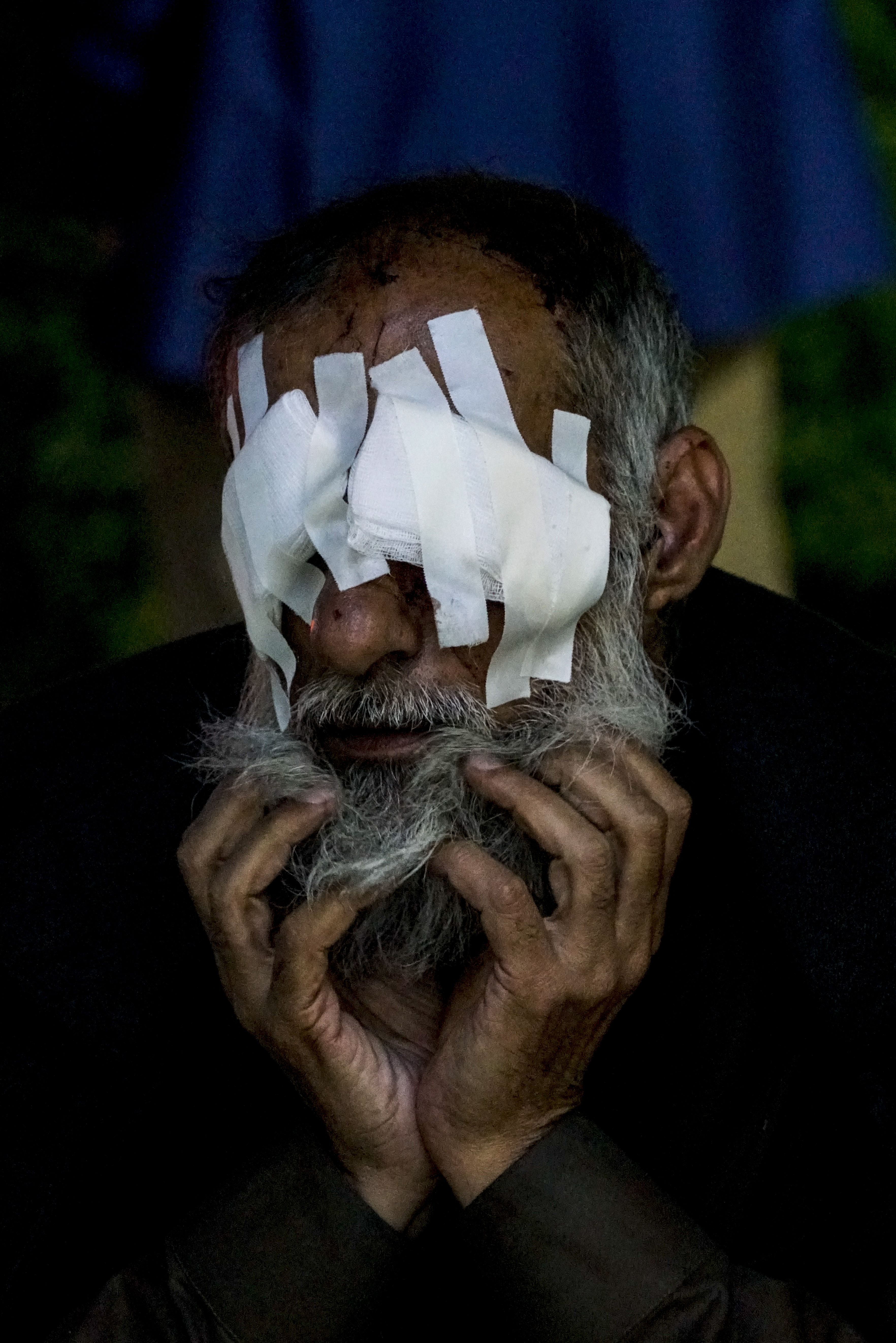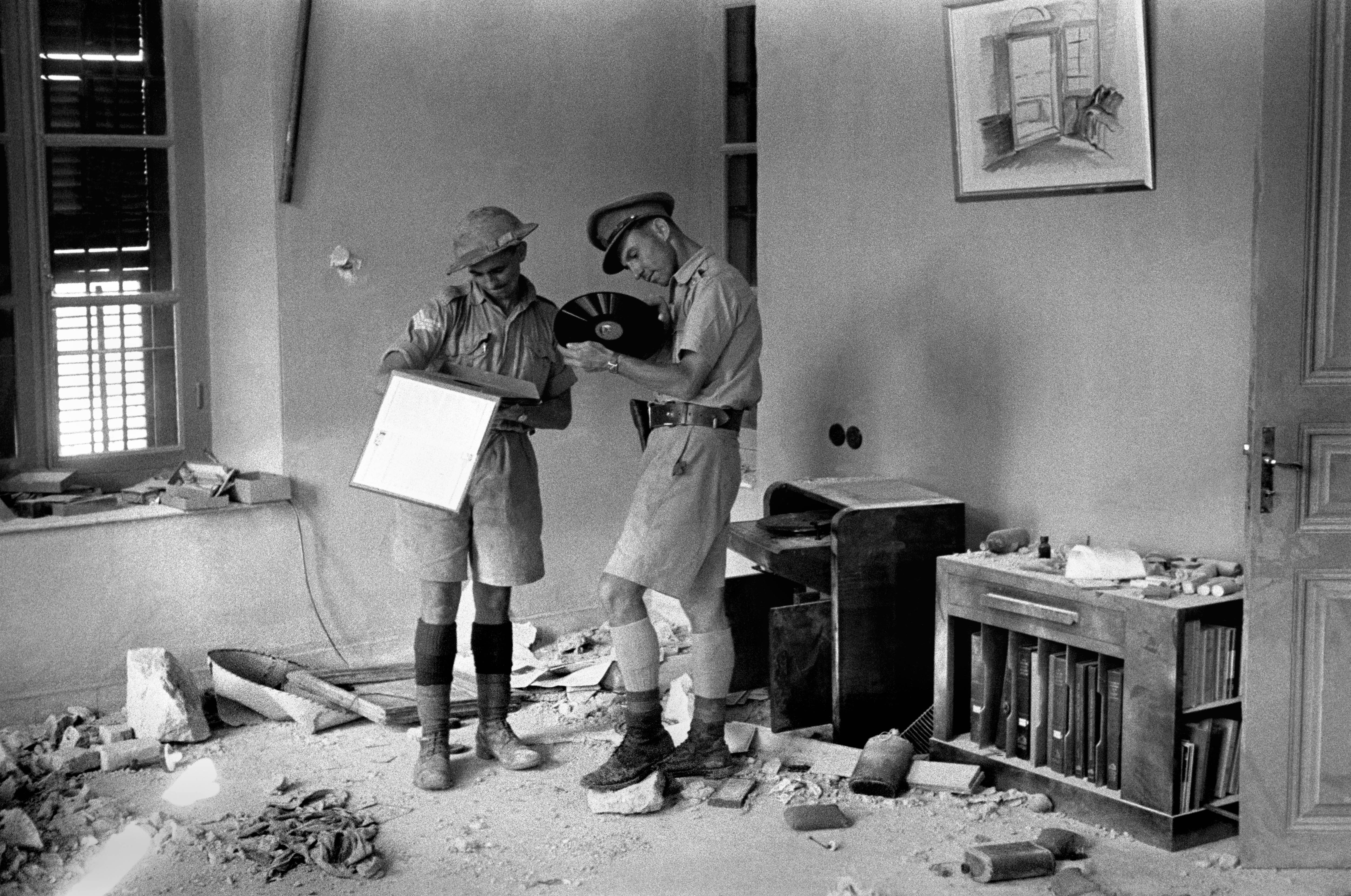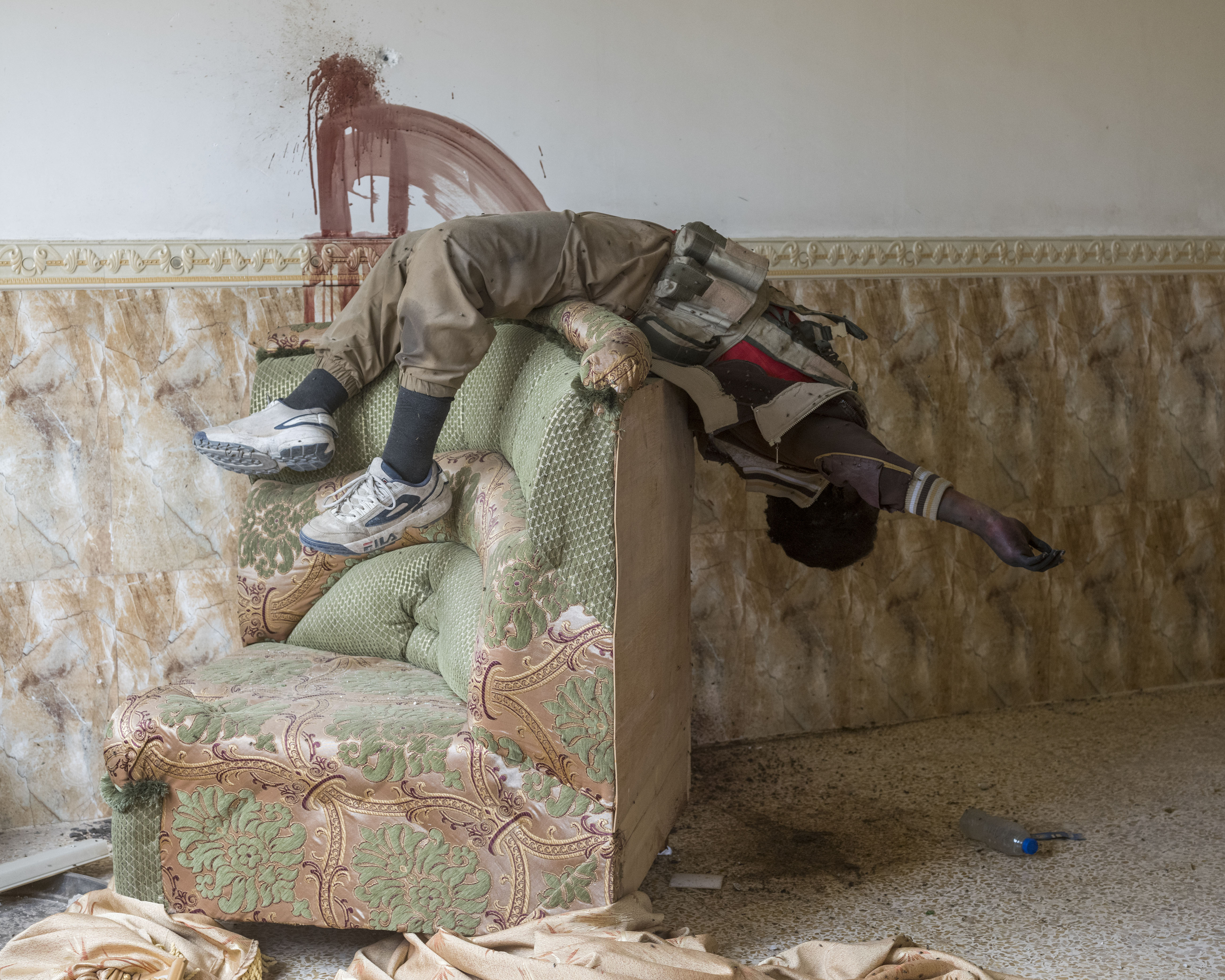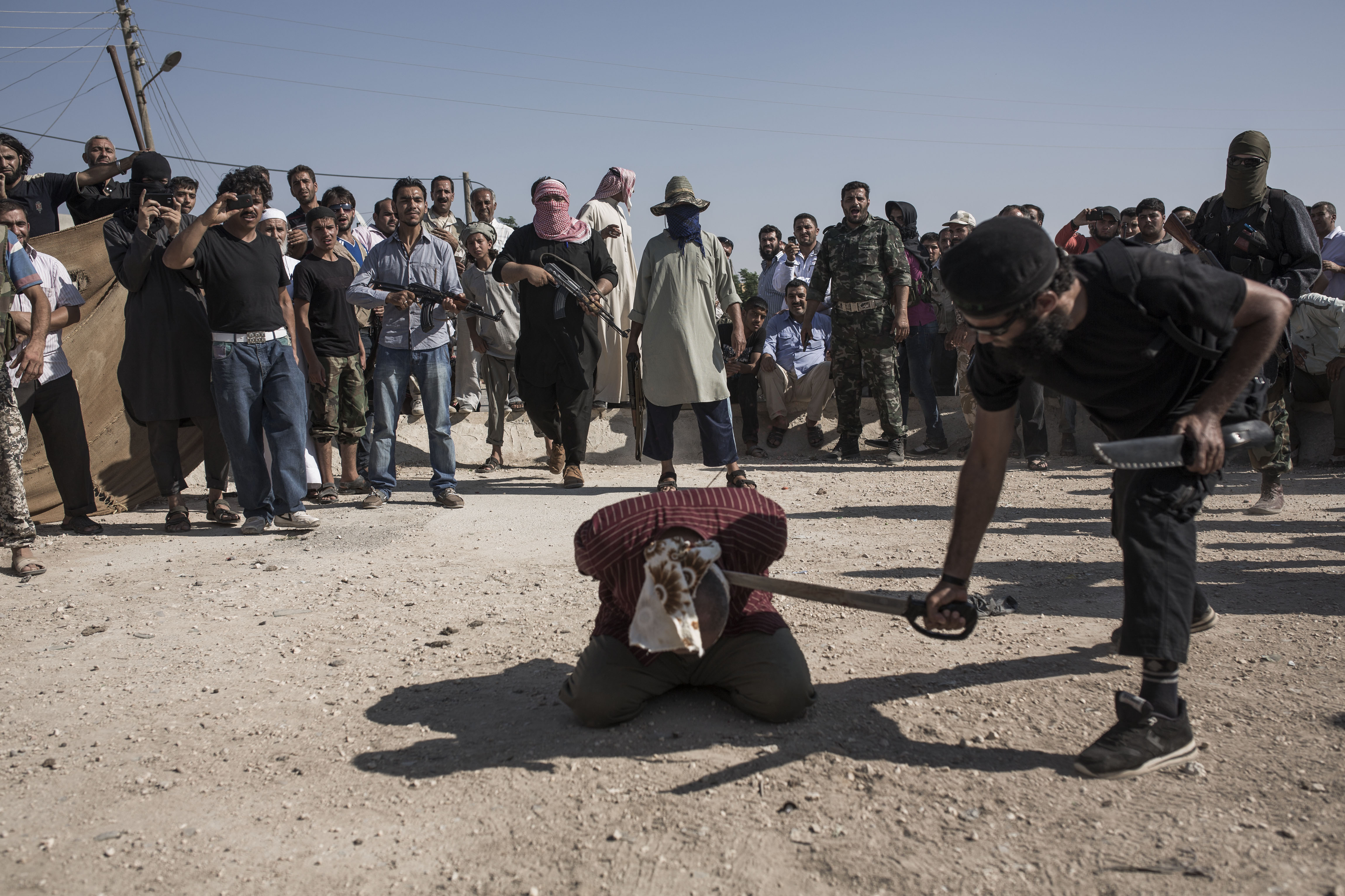How to Photograph Terrorism
This article originally appeared on VICE France
Warning: This piece contains graphic images.
Peter van Agtmael is an American Magnum photographer who’s passionate about history. His latest work, A Brief Visual History in the Time of ISIS, is a collection of 40 images from 19 photographers that chronicles the history of the terrorist group. The earliest image in the series dates back to 1941, while the most recent was taken during the liberation of Mosul in 2017.
“Without minimising the impact of their crimes on millions of people, this work seeks to place ISIS in the context of the long view of history,” Agtmael writes in the introduction. A Brief Visual History is the first to be featured in Magnum’s new Chronicles project – a limited series of newspaper-style pamphlets each curated by a different photographer.
I recently caught up with Peter in Paris to discuss his latest project and the challenges that come with documenting terrorism.

VICE: How did you get your big break in photography?
Peter: My first job was working for the campus newspaper. Then, as part of an internship at the European Parliament, I was sent to Romania to document the country’s orphanages. The experience taught me the power and limits of photography. I learned about ethical boundaries, which helped me better understand my responsibilities as a photographer.
You’ve spent most of your career documenting terrorism. What made you want to create a more comprehensive collection of work?
During the 2015 Paris attacks, I was at a restaurant in Paris, not too far from the Bataclan. It was that experience that inspired me to tell a more complete story of how we got to where we are today. I wanted to create something that went beyond the simple narratives that were being portrayed in the media, and felt more accessible.
The main focus seems to be on the birth of ISIS.
I wanted to show more than violence and destruction, but the history behind ISIS, and how the group didn’t just suddenly appear one day out of the desert. There is a history there that goes back to the Ottoman Empire, which is why we decided to put a chronology at the beginning. Photographers sometimes forget that images exist within a much wider history.

There aren’t many photos of ISIS militants in the collection. Was that deliberate?
In fact, there’s only one photo that shows the group, and I was even reluctant to include that. We don’t see many photos of them because they very rarely agree to be photographed unless they can control the narrative.
How do you find the right balance between showing too much and not showing enough?
I try to be measured about it. There’s no point in pretending that violence and brutality don’t exist. But then, you can’t overwhelm your audience with those sort of images, either. When you cover conflicts or terrorism, it’s important to show the complexity of these subjects by showing a fuller picture of the world the images came from. Treating the subject this way allows us to obtain a variety of images. Some might be beautiful, others brutal or surrealistic, and sometimes they end up being all those things at once.
Scroll down to see more photos from “A Brief Visual History in the Time of ISIS”



This article originally appeared on VICE FR.